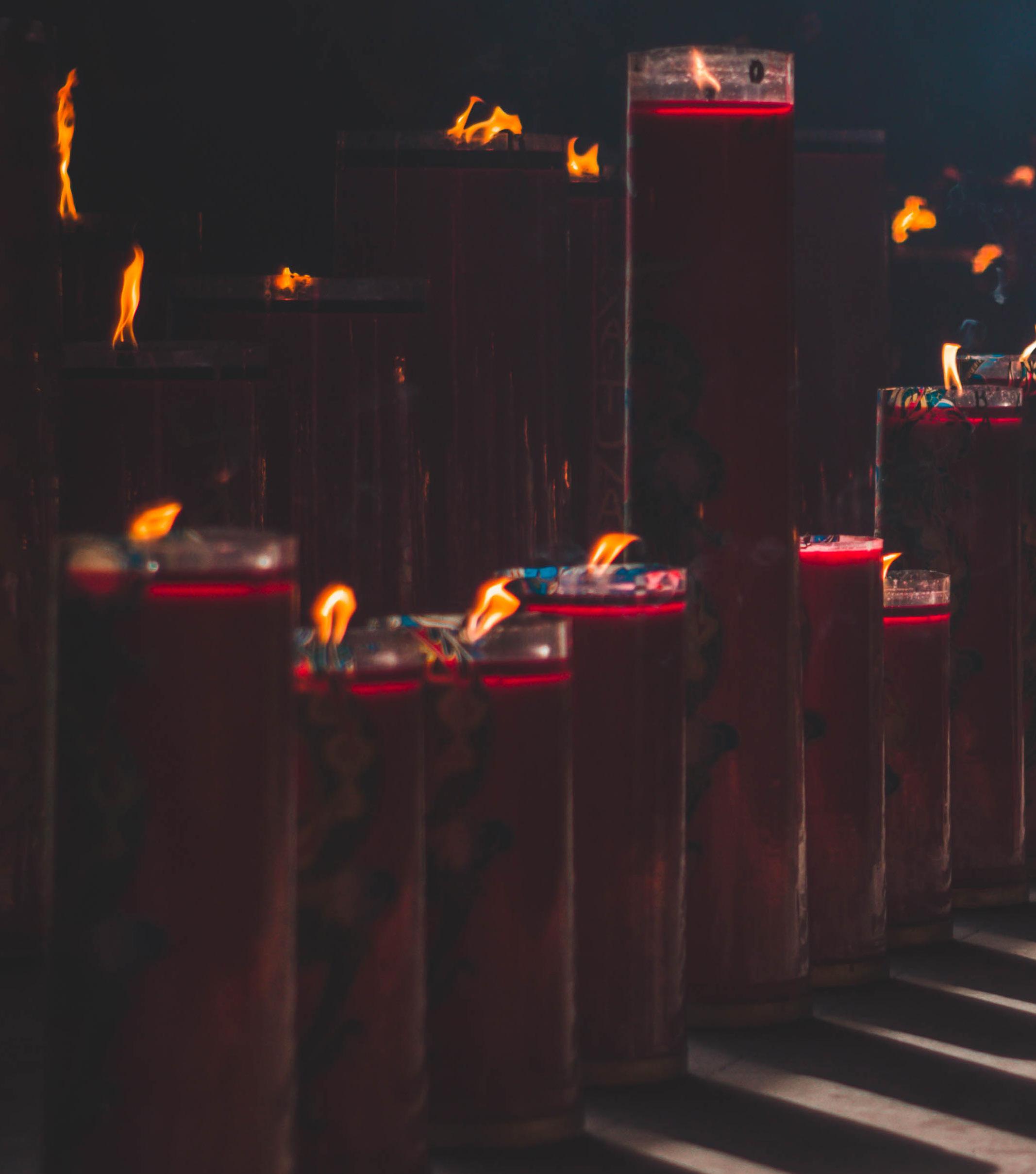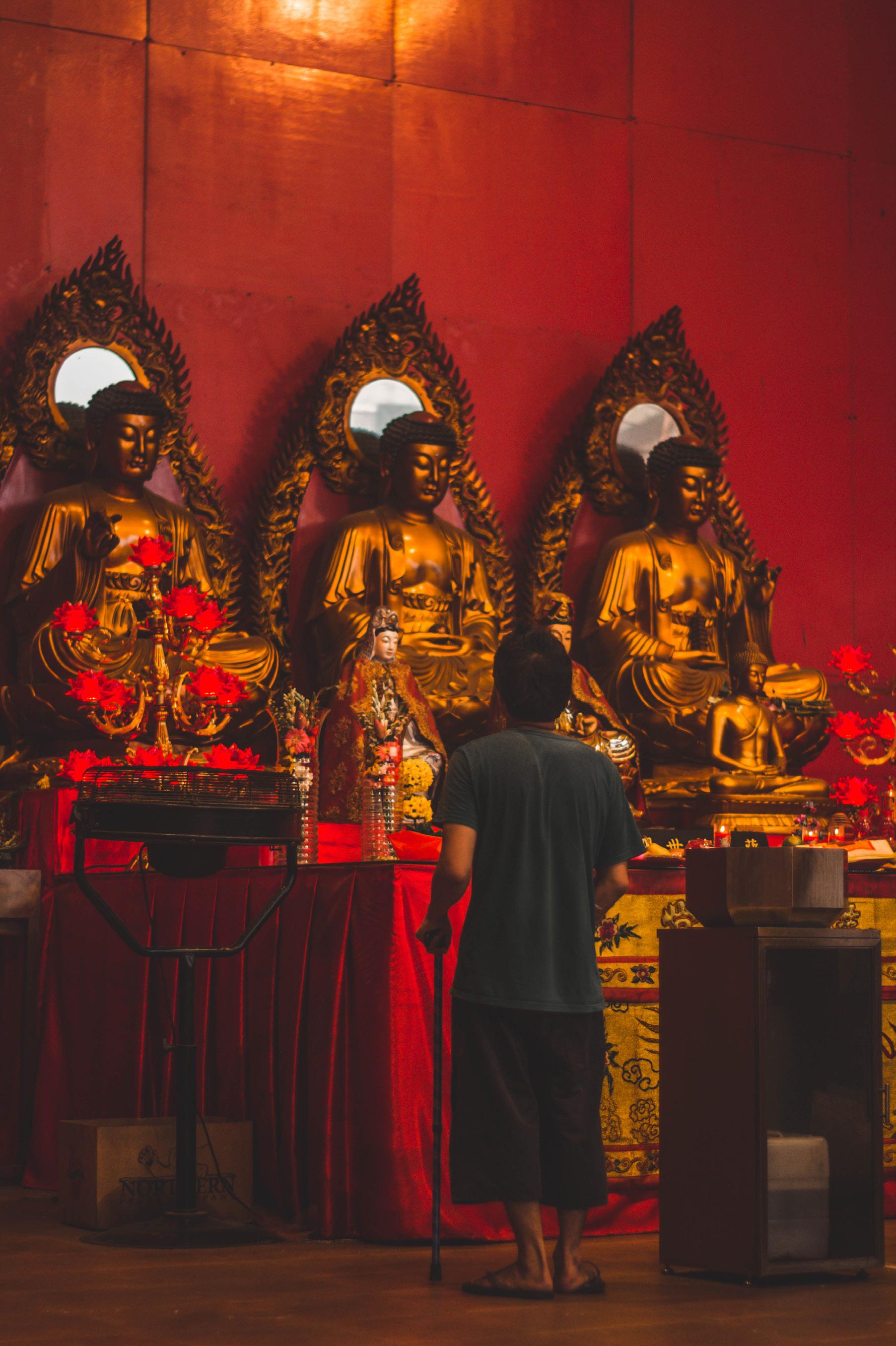
3 minute read
Kim Tek Le, The Oldest Vihara in Jakarta
Vihara Dharma Bhakti is the oldest temple in Jakarta, in addition to the temple in Ancol.
This temple was first built in 1650 and named Kwan Im Teng. The word Kwan Im Teng was then absorbed into Indonesian into a pagoda. Before World War II, this temple was one of four large temples under the management of Kong Koan, besides Kuan Im Tong Temple, Ancol Temple, and Hian Thian Shang Te Temple. . Since the events of 1965, the termination of the roots of wisdom and integration with the Indonesian people has been recommended to the Chinese. The same thing happened with temples and temples that had Chinese names. These places are recommended to eliminate or hide existing Daoist elements and highlight the nature of Buddhist temples. Sanskrit names are chosen by the Indonesian Temple Board (DEWI). The name Kim Tek Ie was changed to Vihara Dharma Bhakti. The Indonesian name translated is Kelenteng Keutamaan Emas. The temple building is dominated by gold and red, and high and large gate pillars with brightly lit colors. In front of the temple, visitors will be treated to a view of a pair of lions or bao gu shi. They are considered as the guardians of the 18th century temple which originated from Kwangtung Province, South China. Towards the main door, there are two square windows filled with carvings of animal motifs and lotus flowers. The windows are round with carvings of Qi Lin (one-horse horse) which means great luck. A pair of lanterns with dragons and hong birds is also displayed on the main door. In addition, at the main door there is also a statue of Jade Hong Siong or the First God of Heaven, or the Supreme God of the ruler of nature who welcomes visitors and those who wish to pray.
Advertisement
On the right side of the main door there was a table for hio sale and prayer facilities, while on the left side, there was an old drum hanging above the ceiling. The inside of the temple also has valuable historical artifacts, even the age of the artifact is almost the same as the temple itself.
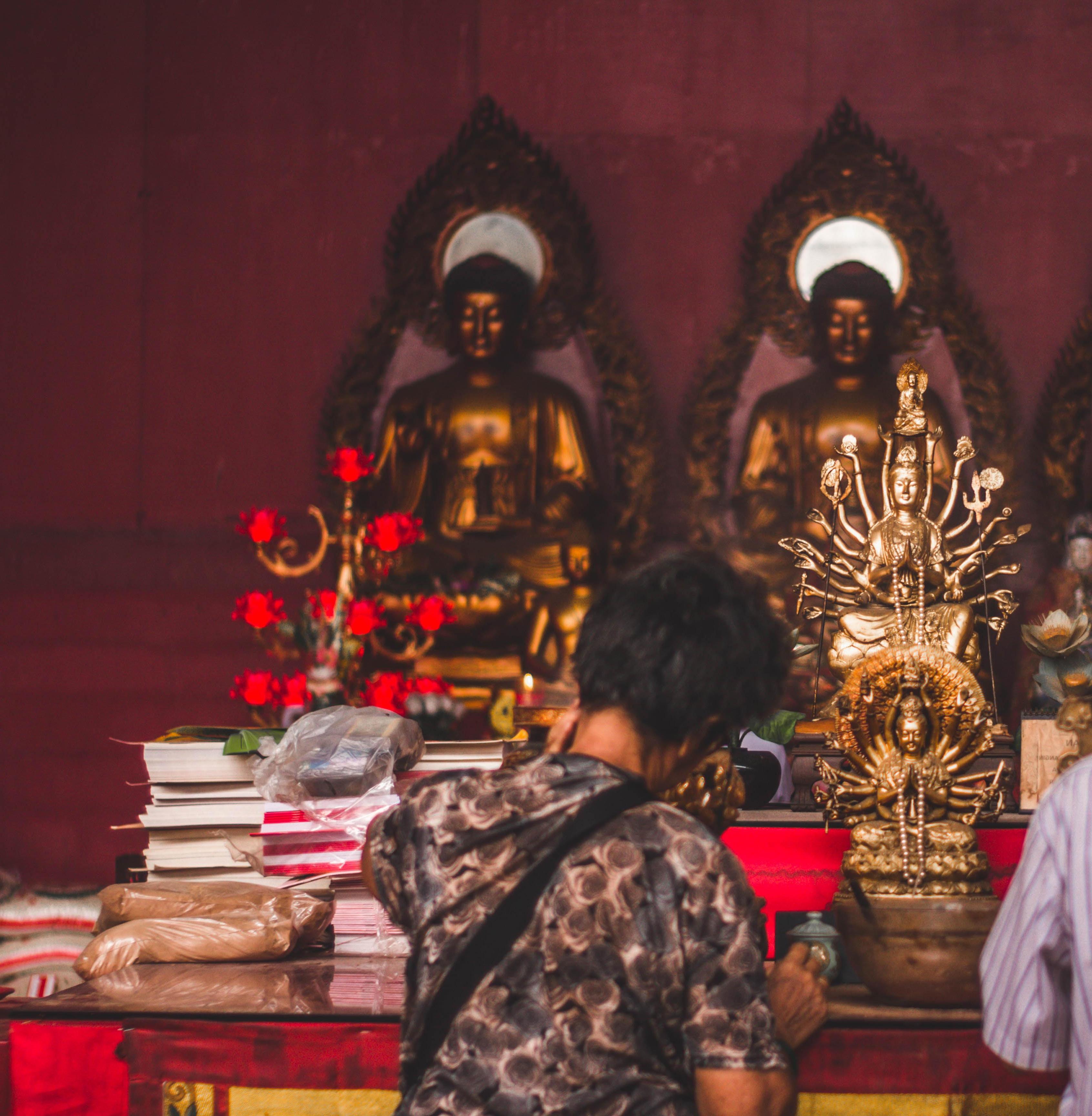
Out of the direction of the Temple complex whose name means gold virtue, there are three buildings. The first is called King of Hell. This building has been built since 1824. The second building stands on the Jin De Yuan courtyard and was built in 1830. The main building is located in the middle of the complex.
There is something interesting about the Jin De Yuan Temple, which here is not specifically worshiping one religion or sect. This temple is already known as a multicultural temple. Streams or religions such as Taoism, Buddhism and Confucianism can be worshiped in this temple.


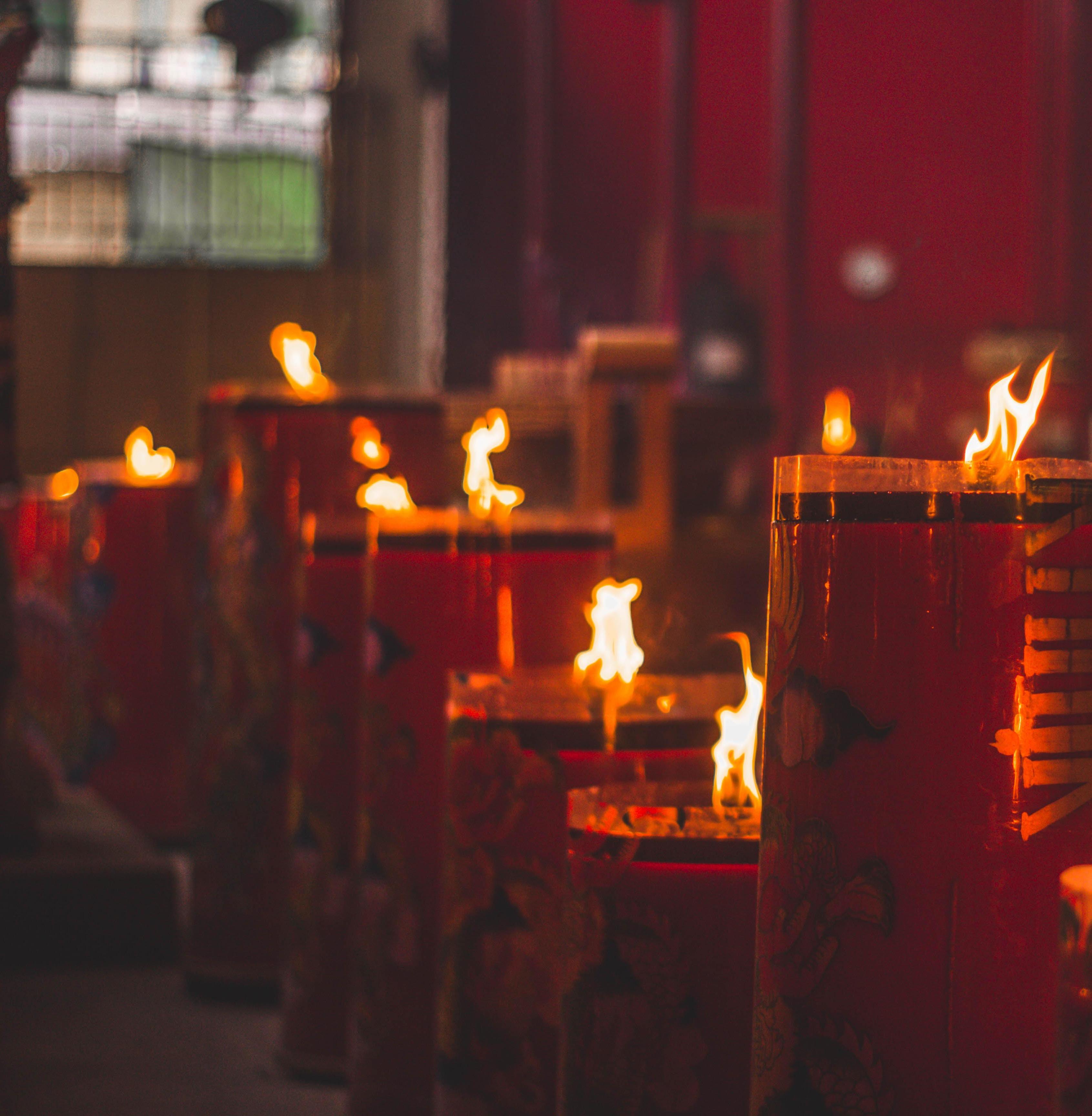
Out of the direction of the Temple complex whose name means gold virtue, there are three buildings. The first is called King of Hell. This building has been built since 1824. The second building stands on the Jin De Yuan courtyard and was built in 1830. The main building is located in the middle of the complex.
The Praise Board (1757) which depends on the main room clearly states that in this temple there are various streams. On the left and right side of the door in the temple is a poem which means: “The censer mas brings happiness, all places are open, so is the Dharma realm. The gate of virtue reveals an atmosphere of glory that is widespread in the human realm.”
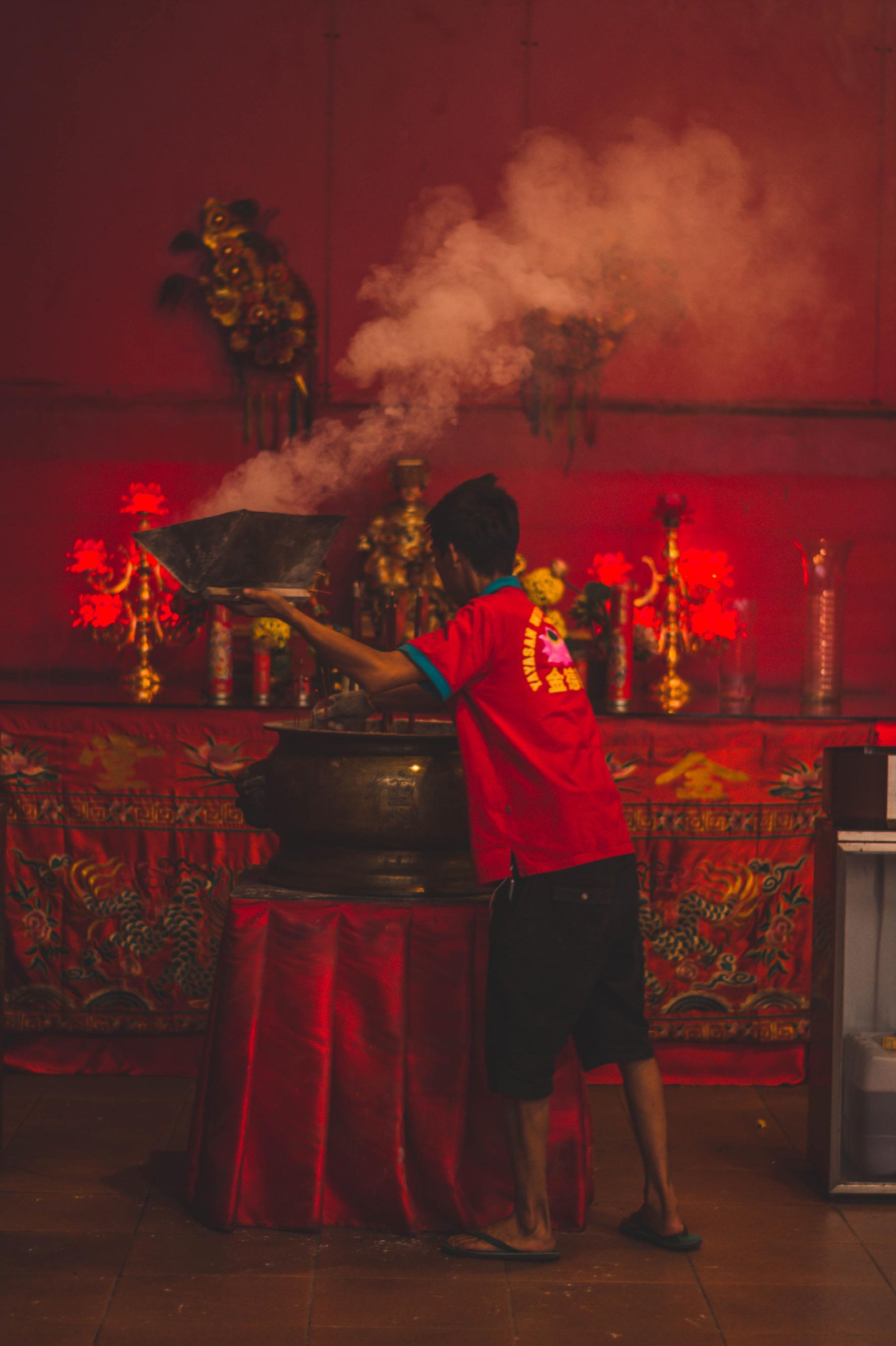

Out of the direction of the Temple complex whose name means gold virtue, there are three buildings. The first is called King of Hell. This building has been built since 1824. The second building stands on the Jin De Yuan courtyard and was built in 1830. The main building is located in the middle of the complex.
